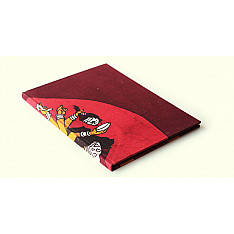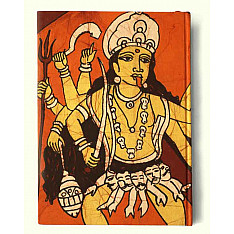Batik Diary ~ Goddess Kali
- Availability: Out Of Stock
- Made & Mkt by: Gaatha
- Product Code: 3771-6s
- Weight: 400.00g
- Dimensions: 19.00cm x 27.00cm x 1.00cm
Rs.500
A grand A4 sized notebook, to allow your imagination flow without interruption...clad in the doodles of our beloved deities that emerged out of cracking wax as our Batik printers of MP imagined it to be....its a world of holy colors and to go with the flow there are saffron colored pages, thick as card...to let you spill/splash the colors of your choice and make it as vibrant as life itself...who said life can’t be simple as lines or words as explicit as colors.
The typical dispatch time is 2-3 days; however, in special cases, it may take longer. Please refer to the product details section for specific timelines. Once dispatched, we will share the tracking details with you.
For returns, you can file a request within 24 hours of receiving the product. If the package is damaged, please make a video while unboxing and share images of the damaged item along with your return request.
9328006304 ( WhatsApp )
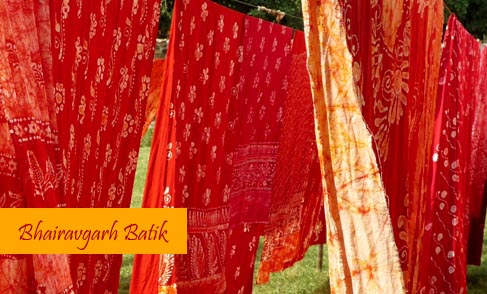
A few kilometers from Ujjain, on the banks of river Kshipra, is the small town of Bhairavgarh. Known for the temple of Kaal Bhairav, the fearful manifestation of Shiva, also for tantriks who perform occult rituals in cremation grounds and the fables of king Vikramaditya and vampire spirit Betaal, this town also holds within itself, something not so dark and mystifying.
Glowing yellows and intense hues of reds brighten the streets of this town, with fluttering lengths of cloth printed with patterns of melted wax.

Batik, the ancient technique of wax resist dyeing, is believed to have been practiced in Africa, China, Japan and India for more than 2000 years. Bhairavgarh became the hub of Batik printing in Madhya Pradesh, when craftsmen from Gujarat and Rajasthan came here during the reign of the Mughals, around 400 years ago.
Originally batik printed cloth was used by the tribals of surrounding areas for their draped garments, but today, all sorts of dress materials, sarees and home furnishings are made in with this technique and sold across the country.

In the workshops of Bhairavgarh, craftsmen are busy doing what seem to be swift doodles on fabric, but what emerge are beautiful motifs of flowers and leaves, creepers spiraling and twisting in perfect symmetry. Vats of hot wax slowly steaming on gas burners stand alongside large sand covered tables, on which the animation of wax lines would take place. Sand avoids melted wax from touching the table and sticking the fabric along with it. With a stylus made by tying coconut husk on a metal rod, craftsmen draw out perfect wax patterns on fabric, with no guidelines, no rough sketches. Spontaneous images that come to their mind are immediately transferred on to fabric like improvised harmonies.
Some also use wooden blocks for creating slightly more restraint designs, although the melted wax gives even the crisp blocks a slight quirky flavour, with its slightly out of the lines colouring.

Once the wax dries, the fabric is dipped in dye. Colour stains the exposed area and when the wax is melted in hot water, white motifs can be seen on a coloured field. This process of application of wax and then dyeing is repeated for as many colours as required, starting from the lightest, and going to the darkest.
Large areas of the cloth are sometimes covered entirely with wax and once dry, the fabric is crushed, to break the cooled wax. After dyeing, this gives the typical cracked effect characteristic of Batik.
The base fabric is sourced from Rajasthan or Tamil Nadu, but craftsmen sometimes use local Chanderi and Maheshwari fabric as the base for printing, combining two handicrafts of the state for a charming fusion.
Natural dyes are used only rarely, usually for Kalamkari designs, but other than that, the use of vivid chemical dyes is prevalent. Industrial candle wax has replaced natural wax, due to which the proportion of wax that can be reused has decreased. These are resultants of a demand for cheaper materials and faster processes.

In a state where refined, delicate weaves like Chanderi and Maheshwari dominate, along with the fine block prints of Bagh, the batik of Bhairavgarh strives to carve its niche, and how beautifully it does!
| Craftsmen | |
| Made by | Fabric Printed by: Munshi ji and Binding by: Ballu bhai |
| Village | Bherugarh, Ujjain and Ahmedabad |
According to a myth of a tribe in north-eastern India, all human beings descend on earth with the help of ladders. The material of these ladders varie..
Rs.1,499
According to a myth of a tribe in north-eastern India, all human beings descend on earth with the help of ladders. The material of these ladders varie..
Rs.1,499
According to a myth of a tribe in north-eastern India, all human beings descend on earth with the help of ladders. The material of these ladders varie..
Rs.1,549
According to a myth of a tribe in north-eastern India, all human beings descend on earth with the help of ladders. The material of these ladders varie..
Rs.649
According to a myth of a tribe in north-eastern India, all human beings descend on earth with the help of ladders. The material of these ladders varie..
Rs.749
According to a myth of a tribe in north-eastern India, all human beings descend on earth with the help of ladders. The material of these ladders varie..
Rs.1,499
According to a myth of a tribe in north-eastern India, all human beings descend on earth with the help of ladders. The material of these ladders varie..
Rs.749
A camp in a desert or a hunting expedition in the middle of a forest or a battle field, something that stayed with the kings of the western India irre..
Rs.980
The East India Company imported raw cotton from India while they dumped the local Indian market with inferior machine-made cloth. This led to a great ..
Rs.9,000
Gujarat is synonymous with colourful embroideries with rich textures, saturated hues and interspersed sparkles. But it is not just Kutch, which is fam..
Rs.4,310
There is something excruciatingly beautiful about a little town in the heart of Rajasthan, specked with colour all the time. With the sun’s heat breat..
Rs.2,100
Man, an eternal traveler has traversed landscapes... on foot, on his rides, on flights in search of better lands, wealth and at times merely for wande..
Rs.2,320
Nakshikathaa has been intricately hand crafted with care by
our founders who have a combined experience of 60 years in managing Home Décor
businesse..
Rs.1,195
Gathering commences in the middle of deserted pavilions where velvet carpets adorn the Dessert lands & Manganiyars play folk music as a bugle for ..
Rs.512 Rs.1,025
Gathering commences in the middle of deserted pavilions where velvet carpets adorn the Dessert lands & Manganiyars play folk music as a bugle for ..
Rs.512 Rs.1,025
Gathering commences in the middle of deserted pavilions where velvet carpets adorn the Dessert lands & Manganiyars play folk music as a bugle for ..
Rs.512 Rs.1,025
Gathering commences in the middle of deserted pavilions where velvet carpets adorn the Dessert lands & Manganiyars play folk music as a bugle for ..
Rs.512 Rs.1,025
A familiar chatter swells in the air as feet chase the trail of a carelessly flying odhani in the by-lanes of Bhuj, spilling colors all over. While&nb..
Rs.3,070 Rs.3,412
A familiar chatter swells in the air as feet chase the trail of a carelessly flying odhani in the by-lanes of Bhuj, spilling colors all over. While&nb..
Rs.9,310 Rs.10,345
A familiar chatter swells in the air as feet chase the trail of a carelessly flying odhani in the by-lanes of Bhuj, spilling colors all over. While&nb..
Rs.3,460 Rs.3,845










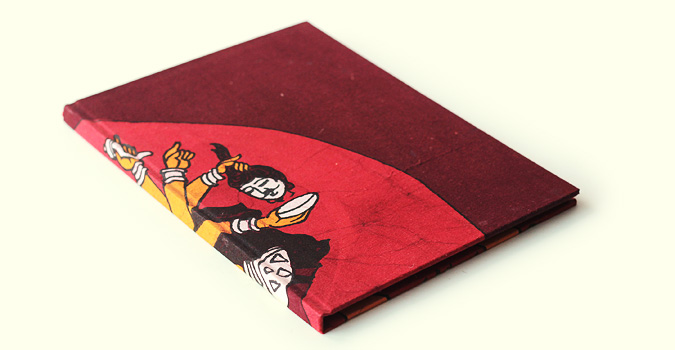
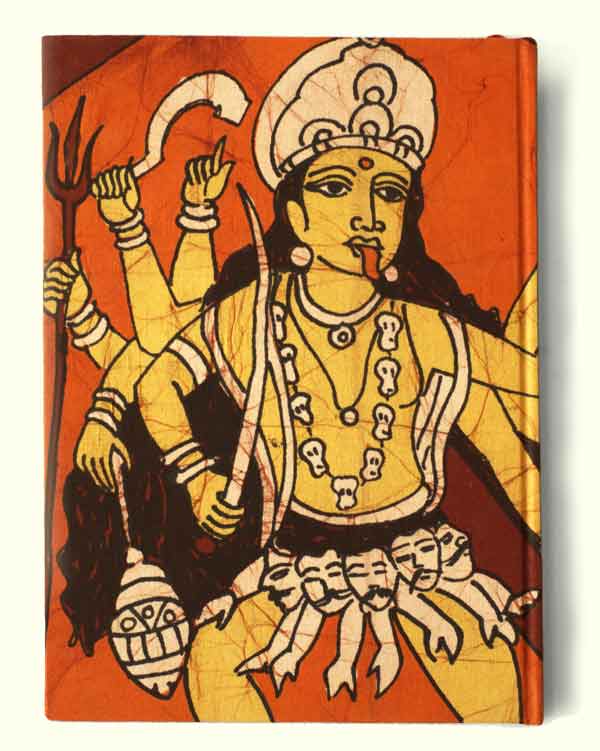

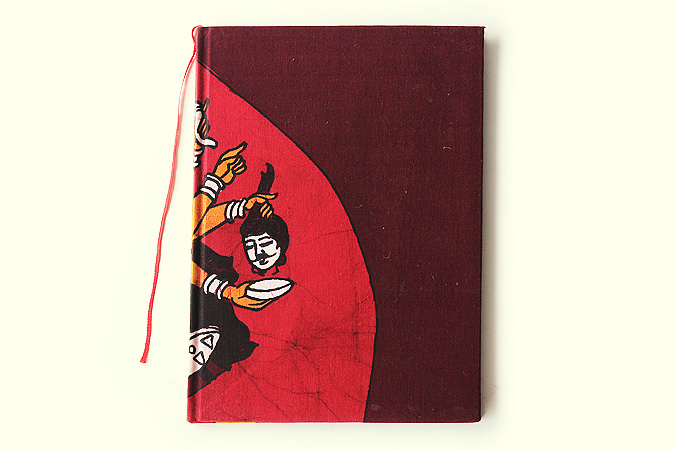





-225x150w.jpg)
-225x150w.jpg)
-225x150w.jpg)
-225x150w.jpg)
-225x150w.jpg)
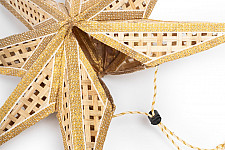
-225x150w.jpg)
-225x150w.jpg)
-225x150w.jpg)
-225x150w.jpg)
-225x150w.jpg)
-225x150w.jpg)
-225x150w.jpg)
-225x150w.jpg)
/25_12_2020/Applique-Kaam-⌘-Cushion-Cover-⌘-7-225x150h.jpg)
/25_12_2020/07-(2)-225x150.jpg)
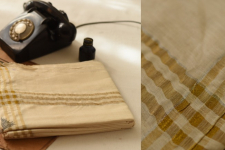
-225x150w.jpg)
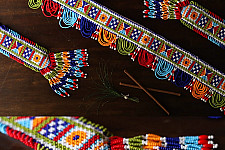
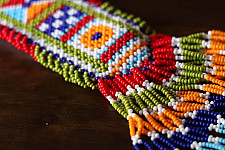
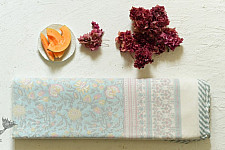
-225x150w.jpg)
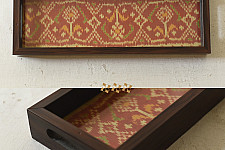
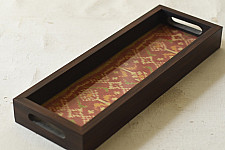
-225x150w.jpg)
-225x150w.jpg)
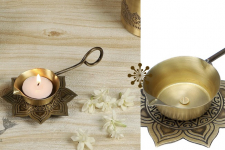
-225x150w.jpg)









-225x150w.jpg)

-225x150w.jpg)

-225x150w.jpg)
